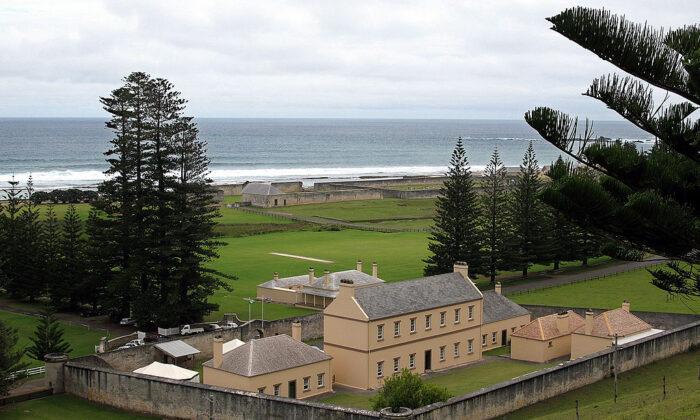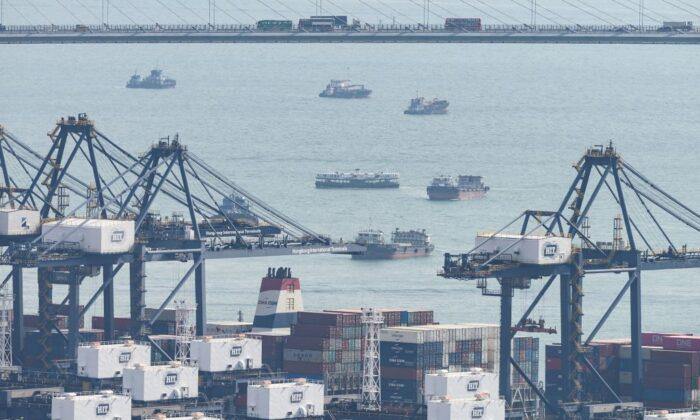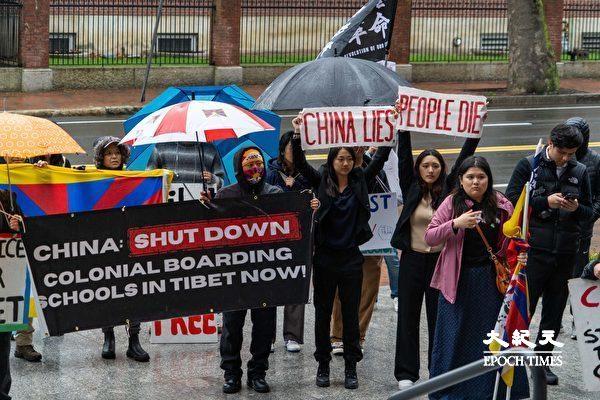The Australian Museum will conduct a comprehensive environmental survey of Norfolk Island, 1700 km northeast of Sydney, over the next two years.
Where is Norfolk Island, and Why is it Important?
Norfolk Island is one of Australia’s most isolated communities and one of its oldest territories.Located in the Pacific Ocean between New Zealand and New Caledonia, Norfolk Island is 1,412 kilometres directly east of Evans Head in New South Wales. Together with the neighbouring Phillip Island and Nepean Island, the three islands collectively form the Territory of Norfolk Island, which had 2,188 inhabitants living on a total area of about 35 km2, according to the 2021 census by the Australian Bureau of Statistics.
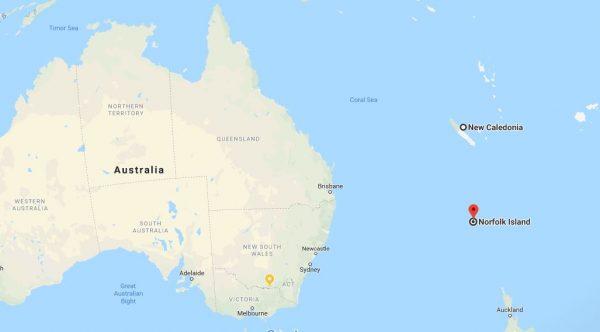
The first known settlers in Norfolk Island were East Polynesians, who had departed when Great Britain settled Australia in 1788. The Island served as a convict penal settlement from 1788 until 1855, except for an 11-year hiatus between 1814 and 1825 when it was abandoned. In 1914, the UK handed Norfolk Island over to Australia to administer as an external territory.
Kim McKay, AO, director and CEO of the Australian Museum, said Norfolk Island has notable historic sites offering a unique heritage seldom found elsewhere in Australia and around the world.
“For nearly two centuries, the Australian Museum has conducted expeditions to document, collect, and examine our land and fauna, which has led to great advances in our geographic knowledge,” McKay said.
“With the depth and breadth of our scientific knowledge, backed by our valuable collections, we are uniquely placed to help inform future management of these areas and contribute to our understanding of the origins of Norfolk Island and how its ecosystems function within the greater global environmental picture.”
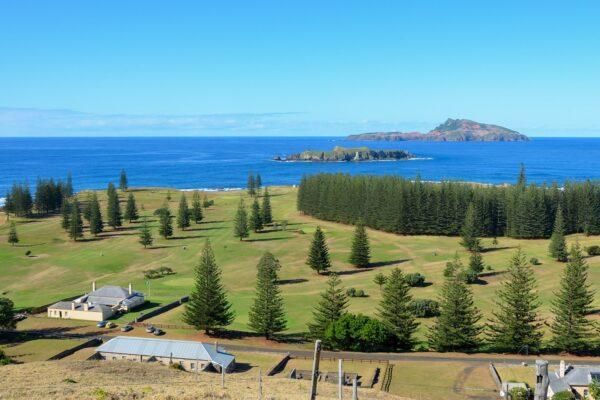
- 2022: Phase 1: Terrestrial biodiversity survey and archaeological excavations.
- 2023: Phase 2: Shallow marine biodiversity survey.
- 2024: Phase 3: Deep water marine biodiversity and oceanographic survey.
Local Community Key to the Expedition
The Norfolk Island community will be critical to the expedition, said Prof. Kris Helgen, the AM’s Chief Scientist and Director of the Australian Museum Research Institute.“Our scientists are recognised internationally as experts in their fields, but local collaboration and consultation is essential in both the planning and research phases of scientific expeditions,” Helgen said. “On one previous expedition to the Solomon Islands, our scientists onlearnedarn about a rare species of rat because of a tip-off by residents.”
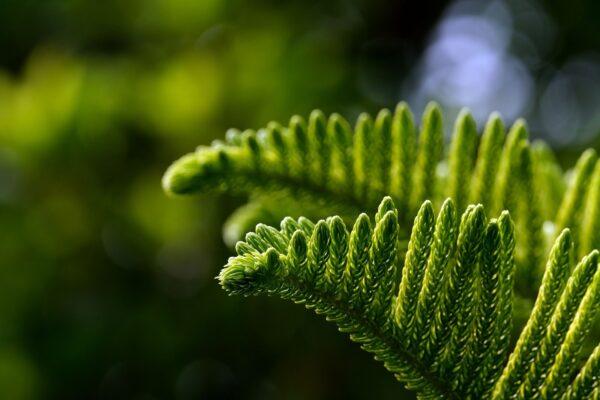
“Conservation is at the heart of our expeditions and the work we do throughout the Australian Museum Research Institute,” he said.
Electricity Relief for Norfolk Island
The expedition comes at a time when the Australian Government is providing a temporary subsidy to Norfolk Island to relieve the impact of increased diesel fuel prices on electricity production costs and charges.A $200,000 subsidy will be offered to Norfolk Island as an interim arrangement for its transition to renewable power, which is a part of the Australian Government’s $5.3 million investment in improvements to the Island’s electricity network, including the roll-out of solar infrastructure.
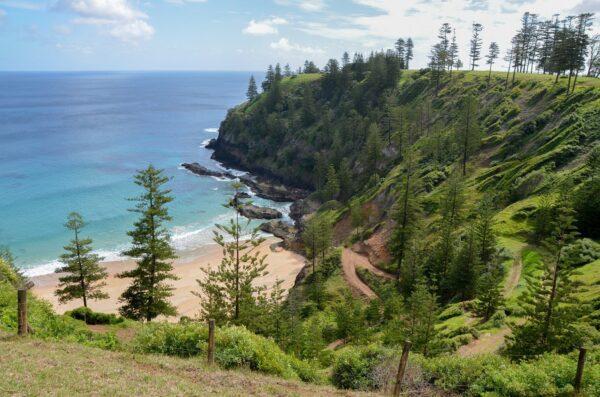
“Having spent time on Norfolk Island, I understand the community’s challenges and want to support measures to alleviate the cost-of-living pressures where possible.”
“The remote location of Norfolk Island, compounded by freight and supply chain shortages on a global scale, means it was appropriate to look at temporary measures to address the significantly increased cost of power for consumers.”
